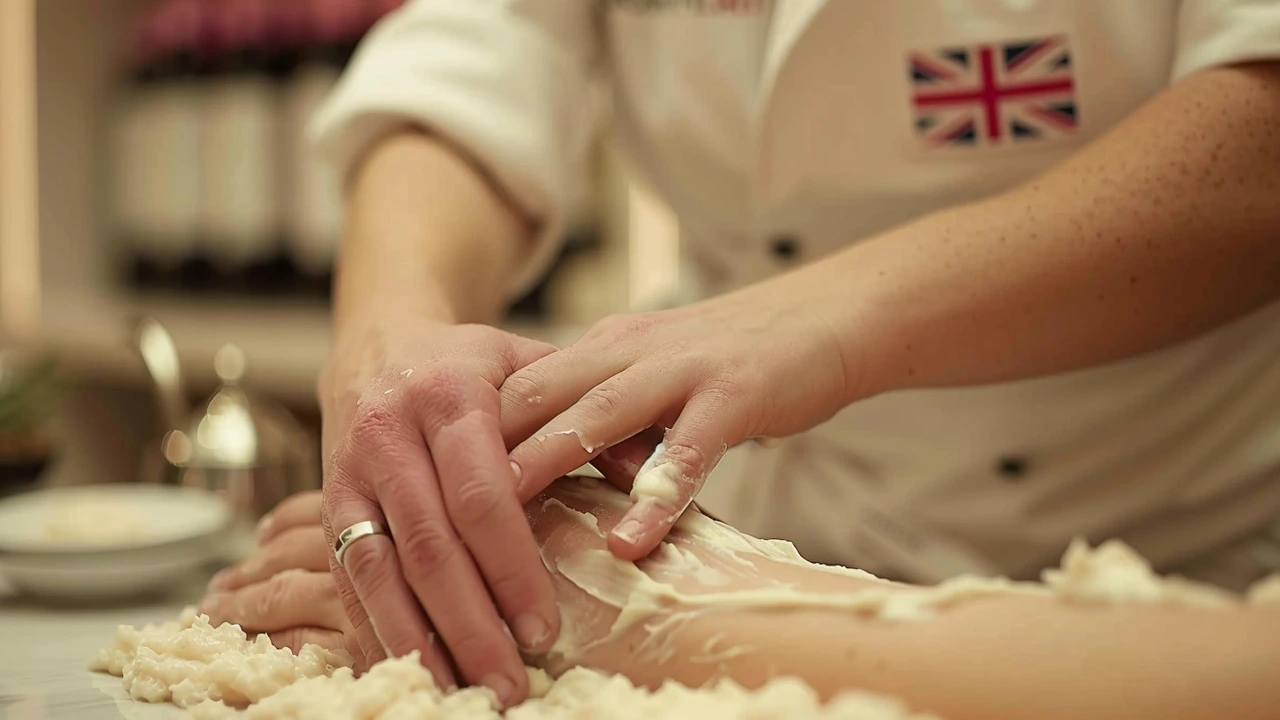Weight Loss for Dogs: Safe, Simple Steps
Extra weight makes life harder for a dog. It strains joints, cuts energy, and raises disease risk. If your pup needs to slim down, you don't need fancy programs or extreme diets. You need a clear plan that keeps your dog healthy, happy, and steadily moving toward a lighter weight.
Start with a vet check and a realistic goal
Before changing food or adding exercise, see your vet. Weight gain can hide health issues like hypothyroidism or joint problems. Your vet will weigh your dog, check body condition, and set a safe target weight and weekly loss rate. Small dogs usually lose less weight faster; big dogs can lose a bit more, but steady is better than fast. Ask for a target calorie range—this makes meal planning simple.
Next, track what your dog actually eats. Measure food with a cup or kitchen scale and log treats. Many owners underestimate treats, which add up fast. Replace high-calorie snacks with carrot sticks, green beans, or small pieces of apple (no seeds). If your dog gets table scraps, stop them—human food often wrecks a diet plan.
Plan food and activity that fit your dog
Choose a nutritionally balanced diet formulated for weight control or as your vet suggests. Swap to lower-calorie kibble or mix in steamed veggies to stretch portions. Cut daily calories gradually—dropping too much can make your dog feel hungry and stressed. Aim for slow, steady loss: about 1–2% of body weight per week is a safe guideline for many dogs.
Exercise helps burn calories and improves mood. If your dog is fit, add longer walks, fetch sessions, or swimming. If joints hurt, choose low-impact options like short, frequent walks or water therapy. Start with what your dog tolerates and increase by 5–10 minutes every few days. Use play, toys, and training as activity—mental work burns calories too.
Massage and gentle bodywork support weight-loss efforts. Canine massage eases stiff muscles, improves circulation, and helps dogs move more comfortably. Short massage sessions after walks can reduce soreness and make exercise more enjoyable. If you're unsure how to massage safely, ask a canine massage therapist for a simple routine you can use at home.
Weigh your dog regularly—once a week at the same time—and keep a log. If weight stalls for more than a month, revisit the plan with your vet. Small adjustments to calories or activity often restart progress. Celebrate non-scale wins too: more energy, easier stairs, looser-fitting collar.
Common mistakes to avoid: sudden drastic calorie cuts, skipping vet checks, and counting only meals while ignoring treats. Consistency beats extremes. With steady steps, clear tracking, and a bit of patience, your dog can reach a healthy weight and feel better every day.

Top Health Juice Recipes for Effective Weight Loss
Juicing has become a popular way to aid weight loss and improve overall health due to its ability to provide essential nutrients efficiently. This article shares effective juice recipes designed to support weight loss by incorporating fruits and vegetables rich in vitamins and minerals. With these juices, you'll not only feel more energized but will also notice a difference in your waistline. Discover tips, tricks, and recipes that make juicing easy and enjoyable for everyone.

The Multifold Health Benefits of Running: Beyond Just Shedding Pounds
Running offers a gamut of health benefits that extend far beyond weight loss. Apart from being a fantastic way to stay in shape, running can enhance mental well-being, improve cardiovascular health, and even boost overall life satisfaction. Explore the myriad ways running can improve both physical and mental health in this in-depth article.

Harnessing Acupressure Points for Weight Loss: A Comprehensive Guide
Discover the ancient practice of acupressure as a holistic approach to weight loss. This article explores key acupressure points that may aid in shedding unwanted pounds, enhancing metabolism, and promoting overall well-being. Through a detailed examination of how to apply pressure to these points, alongside expert insights and proven techniques, readers will gain a thorough understanding of how to incorporate acupressure into their weight loss journey effectively.

Unlock Your Potential: Stress Reduction for Success
Feb, 14 2025



